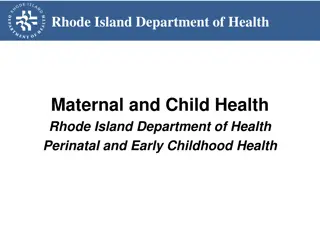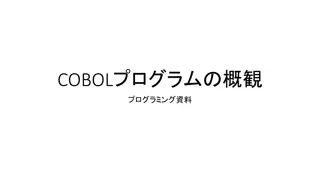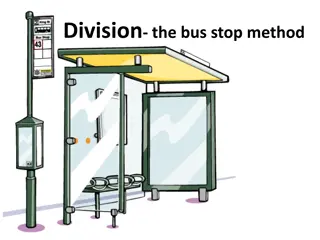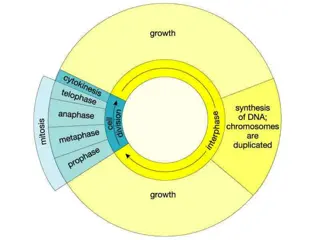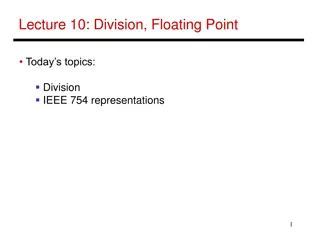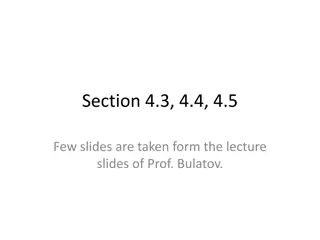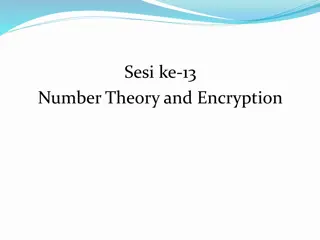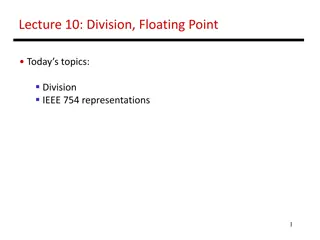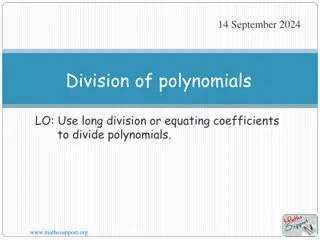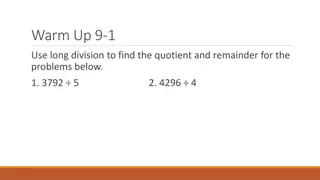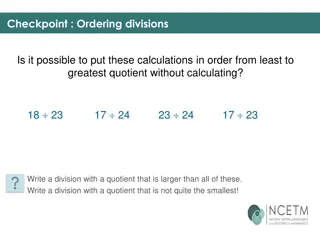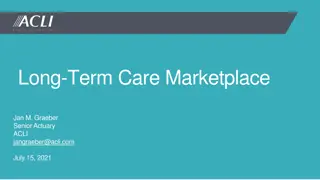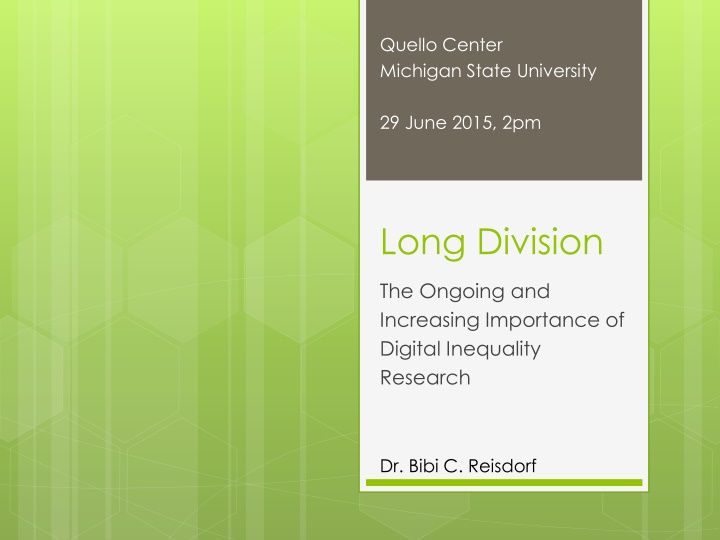
Digital Inequality Research: Insights and Implications
Delve into the ongoing importance of digital inequality research, exploring the digital divide versus digital inequality, traditional factors contributing to disparities, consequences of unequal access, and recent studies. Discover how social status influences internet use and possible future research directions.
Download Presentation

Please find below an Image/Link to download the presentation.
The content on the website is provided AS IS for your information and personal use only. It may not be sold, licensed, or shared on other websites without obtaining consent from the author. If you encounter any issues during the download, it is possible that the publisher has removed the file from their server.
You are allowed to download the files provided on this website for personal or commercial use, subject to the condition that they are used lawfully. All files are the property of their respective owners.
The content on the website is provided AS IS for your information and personal use only. It may not be sold, licensed, or shared on other websites without obtaining consent from the author.
E N D
Presentation Transcript
Quello Center Michigan State University 29 June 2015, 2pm Long Division The Ongoing and Increasing Importance of Digital Inequality Research Dr. Bibi C. Reisdorf
Overview Digital divide vs. digital inequality Traditional factors Consequences Additional factors Recent and ongoing studies Policies The US, MI, and Detroit context Possible future research
Digital Divide vs. Inequality Original digital divide as the gap between haves and have-nots, physical access vs. no access, and (later) use and non-use Focus on binary differentiation Policy focus on providing infrastructure and physical access, e.g. broadband and computers
Digital Divide vs. Inequality The digital divide is the gap that exists between individuals advantaged by the internet and those individuals relatively disadvantaged by the internet (Rogers, 2001: 100).
Digital Divide vs. Inequality Move to several types of access divides (Van Dijk and Hacker, 2003): Mental access (motivation) Material access Skills access Usage access
Digital Inequality No binary definition, but differences in usage (e.g. DiMaggio et al., 2001; Zillien & Hargittai, 2009) Quality & location of access Skills Motivation Frequency of use Breadth of use
Traditional Factors Income Age Education Gender (in low penetration regions) Occupation/Employment Urban/Rural
Consequences Overall, we find that a user s social status is significantly related to various types of capital-enhancing uses of the Internet, suggesting that those already in more privileged positions are reaping the benefits of their time spent online more than users from lower socioeconomic backgrounds (Zillien & Hargittai, 2009: 287).
Consequences A digital underclass has incorporated the internet into fewer aspects of their everyday lives over the years and, while their use has increased, they are becoming relatively more disadvantaged compared to other internet users (Helsper, 2011: 14).
Consequences The majority of families in some of the US s poorest cities do not have a broadband connection, according to a Financial Times analysis of official data that shows how the digital divide is exacerbating inequalityin the world s biggest economy. US cities that have become synonymous with urban decay, such as Detroit and Flint in Michigan and Macon in Georgia, have household broadband subscription rates of less than 50 per cent, according to the US Census Bureau data. The median household income in all three is less than $25,000 a year (Crow, 2014).
Additional Factors Culture Neighborhood Attitudes Social Networks Skills/literacy/language barriers These factors are not usually considered in traditional digital inequality research
Recent Studies Changing reasons for digital exclusion over time in Great Britain and Sweden Quantitative analysis of OxIS and WIP Sweden data from 2005-2013 Changes in socio-economic factors and changes in reasons for being offline Non-user populations becoming more concentrated in vulnerable groups Reasons for being offline diversify Access and cost still important Skills and interest increasing
Recent Studies High Cost No Access No Skills No Interest 100% % of Non-Users who mentioned reasons for not using 94%** 80% 74% 76% 68% 68% 60% the Internet 52% 52% 49% 40% 20% 0% 2005 2007 2009 2011 2013 Base: Non-users of the Internet (weighted): GB: 2005 N=709, 2007 N=649, 2009 N=471, 2011 N= 466, 2013 N=483. ** Difference between 2013 and 2005 significant at p<.01
Recent Studies Living offline: A qualitative study of internet non- use in Great Britain and Sweden Qualitative (25 55 year-old Internet non-users) Variety of reasons for being offline: Lack of life-fit (not relevant/interesting) Lack of physical access Fear of breaking things Discomfort with technology in general Variety of feelings about being offline: Stigma/being different Comfort
Interlude: Forgotten Populations Anyone who is marginalized Poor neighborhoods/regions Rural and/or remote communities Minorities Prisoners
Ongoing Studies Access Denied: Broadband in Rural England and Wales Qualitative interviews + expert interviews Findings show serious issues in both shallow and deep rural areas Slow Unreliable/cutting out Many alternative solutions not viable in rural areas
Policies Policies in high-penetration countries mostly tackle physical access barriers E.g. provision of free or tax-free hardware The Federal Communications Commission on Thursday voted 3 to 2 along party lines to approve a proposal to explore subsidizing broadband Internet for poor Americans. The plan, introduced last month by the agency s Democratic chairman, Tom Wheeler, helps pave the way for sweeping changes to a $1.7 billion phone subsidy program (Ruiz, 2015).
Policies Some policies tackle(d) skills E.g. UK Online Centers Community programs Digital champions Recent changes show a move back to infrastructure and physical access
The US, MI, Detroit Context US context: 84% internet users (stagnation since 2012) http://www.pewinternet.org/2015/06/26/a mericans-internet-access-2000-2015/ Classic patterns of digital inequality persist
The US, MI, Detroit Context Michigan statistically above average in computer ownership but below average in home internet access numbers (U.S. Census Bureau, 2013) 88.6% have access to a computer at home (vs. 88.4% US average) 76.3% have high-speed internet access at home (vs. 78.1% US average)
The US, MI, Detroit Context Source: Crow, 2014.
Possible Future Research ICT4Detroit: The Role of ICT in Collaboration for Detroit s Revitalization ICT use in revitalization efforts and obstacles Initial focus on role of collaborative networks Expand project by adding a non- organizational component: Community involvement Individual perceptions of Detroit s population(s), especially in the most affected neighborhoods Initially qualitative
Possible Future Research Mixed-methods study of internet access and use in Michigan Survey of general use across the state Qualitative component in select areas (e.g. problematic areas identified in previous research and the survey) Focus not only on status quo, but combine with findings from ICT4Detroit, inform communities/policymakers, etc. Model for a larger study across the US Some quantitative data available (e.g. Pew Internet or Census), but lack of in-depth data that provide a more complete picture
Thank you! @bibireisdorf
Sources Crow, D. (2014). Digital divide exacerbates US inequality. Financial Times. Online: http://www.ft.com/cms/s/2/b75d095a-5d76-11e4-9753- 00144feabdc0.html Helsper, E.J. (2011). The Emergence of a Digital Underclass. Digital Policies in the UK and Evidence for Inclusion. LSE Media Policy Project: Media policy brief 3. London: London School of Economics. Perrin, A., & Duggan, M. (2015). Americans Internet Access: 2000-2015. Pew Research Center. Online: http://www.pewinternet.org/2015/06/26/americans-internet-access- 2000-2015/ Ruiz, R.R. (2015). F.C.C. Will Continue Plan to Subsidize Broadband for the Poor. The New York Times. Online: http://www.nytimes.com/2015/06/19/business/fcc-will-continue-plan- to-subsidize-broadband-for-the-poor.html?partner=rss&emc=rss&_r=1 Rogers, E. (2001). Digital divides revisited: what is new about divides and their research? Convergence, 7(4), 96-111. U.S. Census Bureau (2013). Computer and Internet Use in the United States: 2013. Van Dijk, J. &, Hacker, K. (2003). The Digital Divide as a Complex and Dynamic Phenomenon. The Information Society, 19, 315 326. London/New York: Routledge. Zillien, U., & Hargittai, E. (2009). Digital Distinction: Status-Specific Types of Internet Usage. Social Science Quarterly, 90(2), 274-291.



